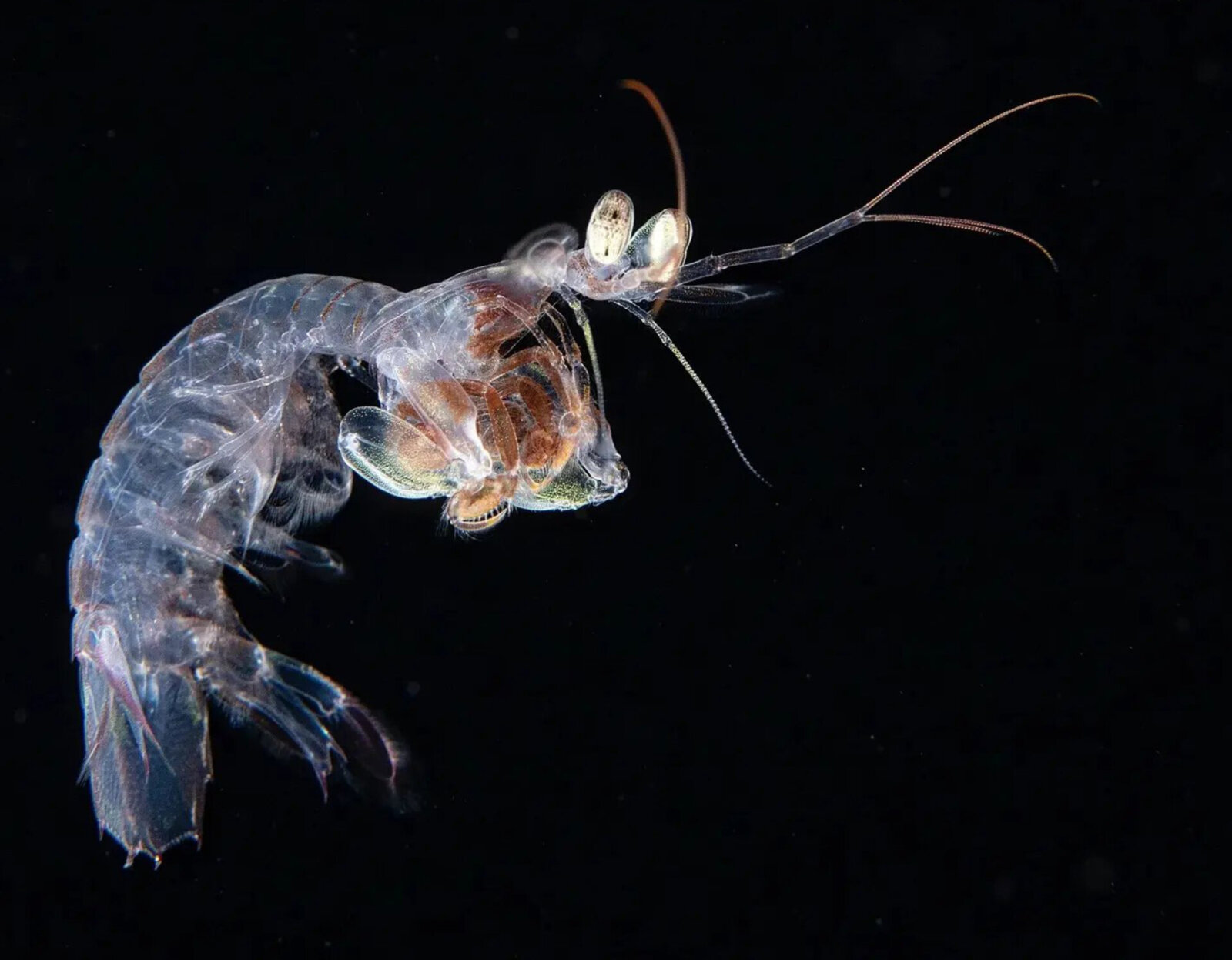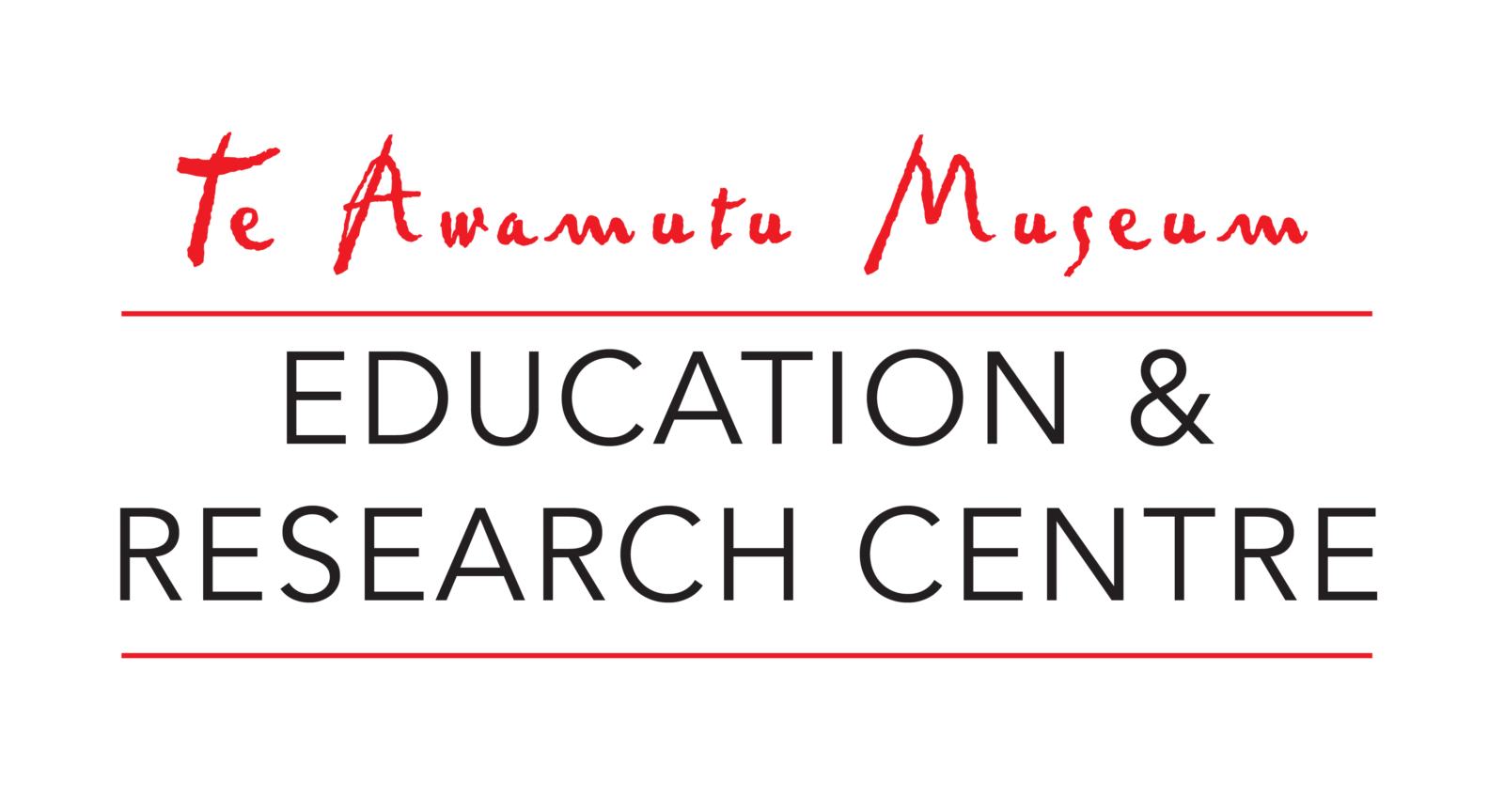Crustacean celebrities of Aotearoa New Zealand on display at Te Awamutu Museum – Education & Research Centre now!
Crabs, shrimps, lobsters, barnacles, slaters and other crustaceans are the stars of a new mini exhibition presented by, NIWA and Te Papa.
Opening on 5th April 2024, Mawhiti Tino Rawe | Clever Crustaceans is a playful exploration of the bizarre and diverse world of five marine crustaceans. They can change their shape, circle the globe, and maybe even cure cancer – crustaceans are the unsung heroes of the sea.
NIWA scientists Rachael Peart and Kareen Schnabel worked with Te Papa experts to deliver this mini exhibition that showcases the importance and special capabilities of the ‘insects of the sea’.
“Crustaceans are arthropods, which means they have segmented bodies and exoskeletons just like insects, so I love describing them as the ‘insects of the sea’. They are captivating creatures. They have adapted to live in an incredible variety of habitats, from beaches and shallows, all the way down to the deepest ocean trenches,” said Dr Schnabel.
Hands-on interactives and real specimens explore the fascinating world and smart survival tricks of these unusual creatures. Take a digital deep dive into a special web hub to discover their superpowers.
“Following on from the success of the Colossal Squid exhibition, Mawhiti Tino Rawe – Clever Crustaceans is another great mini exhibition that is visually stimulating and cleverly created,” said Henriata Nicholas, exhibitions coordinator for the Te Awamutu Museum. “Visitors of all ages will learn something remarkable from this exhibition!”
“We’re thrilled to be able to highlight these unsung heroes of our ecosystem. We want visitors to touch, explore and discover these weird and wonderful crustaceans of Aotearoa New Zealand. We were inspired by the work of scientists to understand and protect these crustaceans and their homes, and we’re so excited to partner with NIWA on this special project,” said Dan Parke, Exhibition Experience Developer, Te Papa.
“We are telling the stories of some of our favourite critters. Visitors will learn about the ‘shapeshifter’ kōura with its unexpected life stages as a long-distance open-ocean wanderer, the lightning speed with which the native mantis shrimp spears its lunch, the exceptional eyesight of the open ocean Phronima amphipod – which is even being used in techniques to detect cancer in humans – and the radical changes barnacles have undergone to get their kai (food),” adds Dr Schnabel.

Image: Goose Barnacle Lepas anatifera with cirri extended to catch planktonic food by SeacologyNZ

Image: Rock lobster phyllosoma by Alexander Semenov

Image: Cluster of Goose Barnacles Lepas anatifera with cirri extended by SeacologyNZ

Image: Mantis shrimp larva captured in the Philippines by SeacologyNZ

